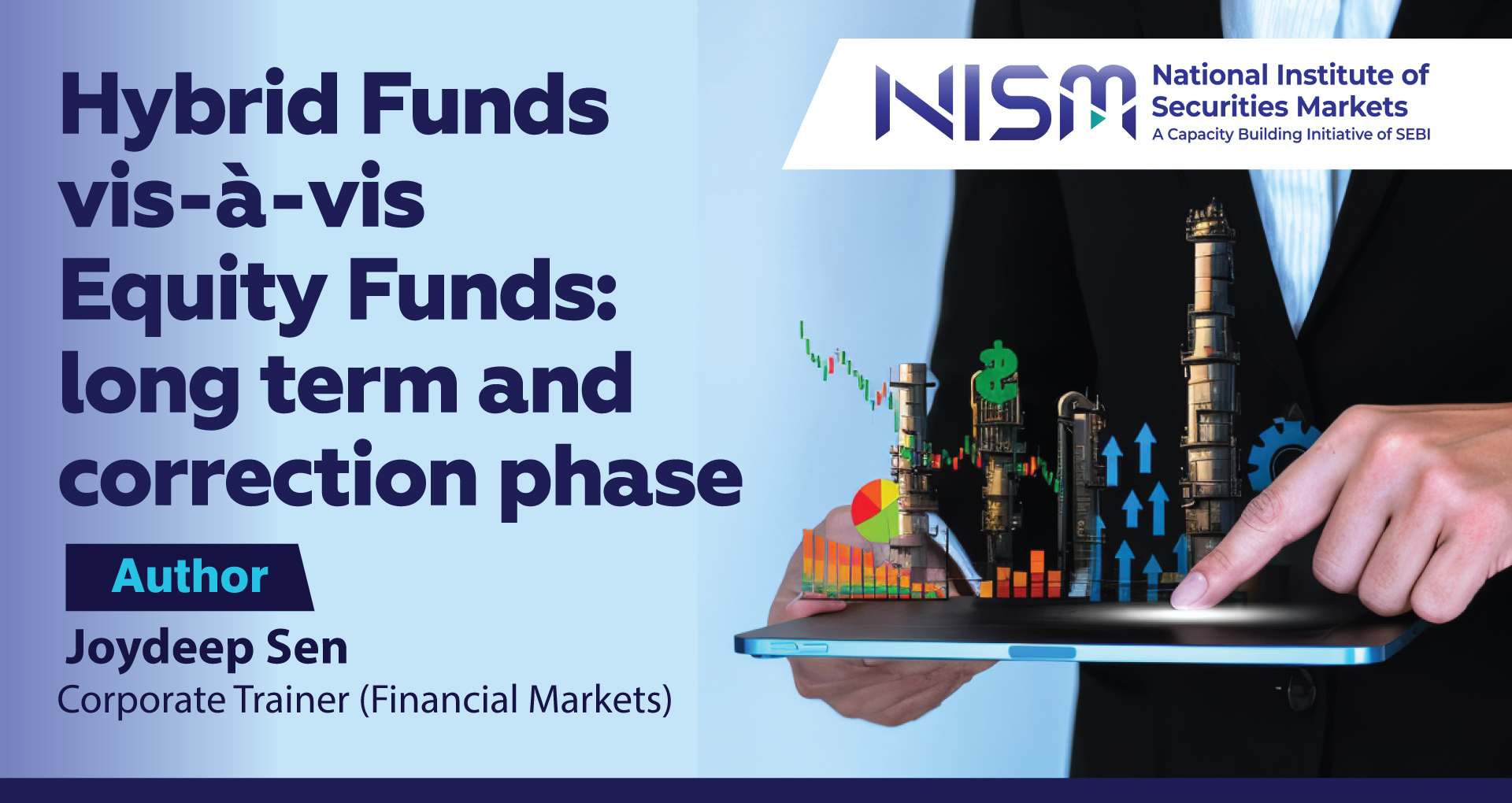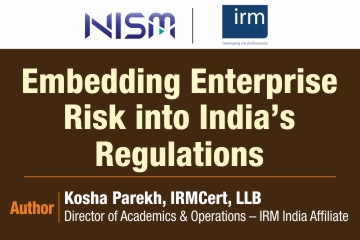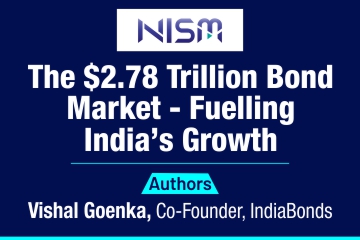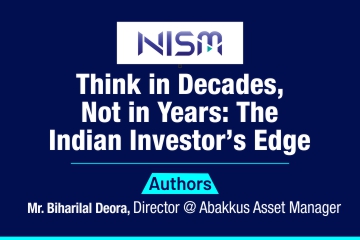
The market correction of last six months shows the utility of Hybrids
Context
When we talk of volatility in the market and the impact on funds, we talk in terms of statistical measures like standard deviation, Sharpe ratio, Treynor ratio, etc. These measures are good for analysis purposes. However, what matters to the end-user i.e. the investor is the returns over the holding period. Today we will talk about the performance of certain Mutual Fund categories, in a de-jargonized manner which would be easy for the investor to understand.
Fund categories
We have taken three hybrid fund categories that have equity exposure. We will look at their performance in the current phase of market correction. Nifty 50 index peaked on 26 September 2024; we have taken that as the starting point to look at their performance in the correction phase. To compare the performance of these three categories, we have taken two pure-play equity funds – the comparison will give us the perspective.
The three hybrid fund categories we have taken are:
The two equity fund categories we have taken for comparison purposes are Large Cap and Small Cap.
Performance
To gauge the performance in the correction phase, we have taken data for the period 26 September 2024 to 28 March 2025. BAF funds, as category average, has given negative 6.17 percent, regular plan, non-annualized. Aggressive Hybrid Funds, with a relatively higher exposure to equity than BAF, have yielded negative 8.58 percent in this period. Equity Savings Funds, with a relatively higher component of equity hedging / debt exposure, have done relatively better, giving negative 1.24 percent in the correction phase. Equity Large Cap Funds have yielded negative 11.33 percent in this period and for Small Cap Funds the number is negative 16.06 percent.
What we observe is, when the equity market has tanked, pure-play equity funds have given commensurate returns, as per the segment of exposure i.e. Large Cap or Small Cap. Hybrid funds, with various combinations of equity / hedged equity / debt instruments, have done relatively better. Over the longer term, pure-play equity funds have fared better. Equity funds, transient volatility aside, have delivered returns, provided you have an adequate holding period. Last one-year results are mixed, as it is after the correction of last six months.
1 April 2024 to 28 March 2025, Large Cap Funds have delivered 5.84 percent, regular plan, and Small Cap Funds have given 7.76 percent. Over this period, BAF category has yielded 5.75 percent, Aggressive Hybrid 8.14 percent and Equity Savings have given 7.4 percent. When we look at 10-year returns till 28 March 2025, Large Cap Funds have delivered 11.1 percent annualized. Small cap Funds have done even better, 16.05 percent annualized. Aggressive Hybrid Funds, with relatively lower allocation to equity than pure-play, follows with 10.7 percent annualized. Then comes BAF, which can fine-tune the effective equity exposure as per their reading of the market, having delivered 9.02 percent. The more defensive of these five fund categories, Equity Savings Funds, have delivered relatively modest 7.54 percent.
Conclusion
The simple message from the above analysis is that the purpose of pure-play equity funds is to deliver relatively superior returns, subject to volatility. Hybrid funds reduce the impact during market volatility, but end up yielding little less over the long term. There are eleven equity fund categories, apart from passive funds i.e. Index Funds / ETFs, and six hybrid fund categories. You can pick and choose the appropriate ones as per you risk appetite. You will have to allocate to multiple categories, in a ratio that suits you.
Author:
Joydeep Sen, Corporate Trainer (Financial Markets)
Originally publish in Mint on 23rd April 2025
https://www.livemint.com/money/personal-finance/hybrid-funds-equity-funds-balanced-advantage-funds-equity-savings-funds-aggressive-hybrid-funds-market-volatility-11745395348091.html

When people hear the term “risk management,” they often associate it with financial markets, insurance, or corporate governance. In…

As India charts its course towards Viksit Bharat, by 2047, the sophistication and depth of its financial markets are paramount.…

As investors, we often judge performance on monthly (MoM), Quarterly (QoQ) and year-on-year (YoY) statistics. It feels natural to look…
© 2025 National Institute of Securities Markets (NISM). All rights reserved.